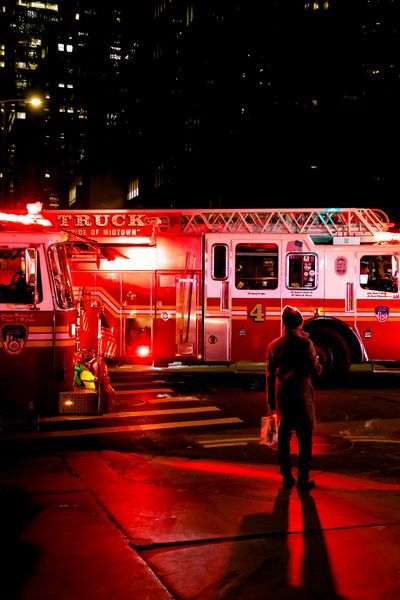Navigating Fire Safety Regulations for Events in NYC - Insights from FDNY's John Austin

In the hustle and bustle of organizing events in the vibrant heart of New York City, one aspect that cannot be overlooked is ensuring the safety of attendees. Fire safety regulations play a crucial role in creating a secure environment for any gathering. To unravel the intricacies of fire-related legal restrictions on event spaces in NYC, we sat down for an exclusive interview with John Austin, a seasoned official from the New York Fire Department (FDNY).
1. Capacity Limitations:
John Austin emphasizes the importance of understanding the maximum capacity of the event space. “Every venue in NYC has a designated capacity limit to ensure a safe evacuation in case of an emergency,” he states. Event organizers must be aware of and adhere to these limitations, which are set based on the venue’s size and layout.
2. Emergency Exits and Access:
“Emergency exits should be clearly marked, unobstructed, and easily accessible,” Austin advises. Event spaces must comply with strict regulations regarding the number, size, and location of emergency exits. These exits should lead to a safe assembly area, allowing attendees to evacuate quickly and efficiently.
3. Fire Suppression Systems:
Discussing fire suppression systems, Austin emphasizes their critical role in containing and extinguishing fires. “Event organizers need to ensure that the venue is equipped with a functional and up-to-date fire suppression system, such as sprinklers and fire extinguishers,” he says. Regular maintenance and testing of these systems are imperative.
4. Electrical Safety:
“Electrical issues are a common cause of fires in event spaces,” Austin notes. He advises organizers to pay close attention to the electrical systems, ensuring they comply with local codes and regulations. Overloaded circuits, faulty wiring, and the use of uncertified electrical equipment are potential hazards that should be addressed.
5. Flammable Materials and Decor:
When it comes to event decor, Austin warns against the use of highly flammable materials. “Fabrics, drapes, and other decorative elements should be flame-resistant,” he says. Event organizers must be cautious about the placement of decorations to avoid obstructing exits or creating fire hazards.
6. Smoking Regulations:
Smoking regulations are strictly enforced in event spaces. Austin stresses, “Smoking should be limited to designated areas, and these areas must be equipped with proper receptacles for cigarette disposal.” Failure to comply with smoking regulations can result in serious consequences.
7. Emergency Response Plan:
“Having a comprehensive emergency response plan is non-negotiable,” Austin asserts. Event organizers must collaborate with venue management to establish and communicate evacuation procedures, assembly points, and emergency contacts. Regular drills and training sessions are encouraged to ensure everyone is well-prepared.
8. Permits and Inspections:
“Obtaining the necessary permits and undergoing inspections are key steps in compliance,” says Austin. Event organizers should work closely with local authorities and the fire department to secure the required permits and ensure that the venue undergoes thorough inspections before the event.
In conclusion, John Austin underscores the shared responsibility of event organizers, venue management, and local authorities in upholding fire safety standards. “A proactive approach to fire safety is the best way to ensure a secure and enjoyable event for everyone,” he concludes. Event planners in NYC should heed these insights to guarantee a successful and, above all, safe gathering in the city that never sleeps.
Check out the recent Redfin article we were featured in.